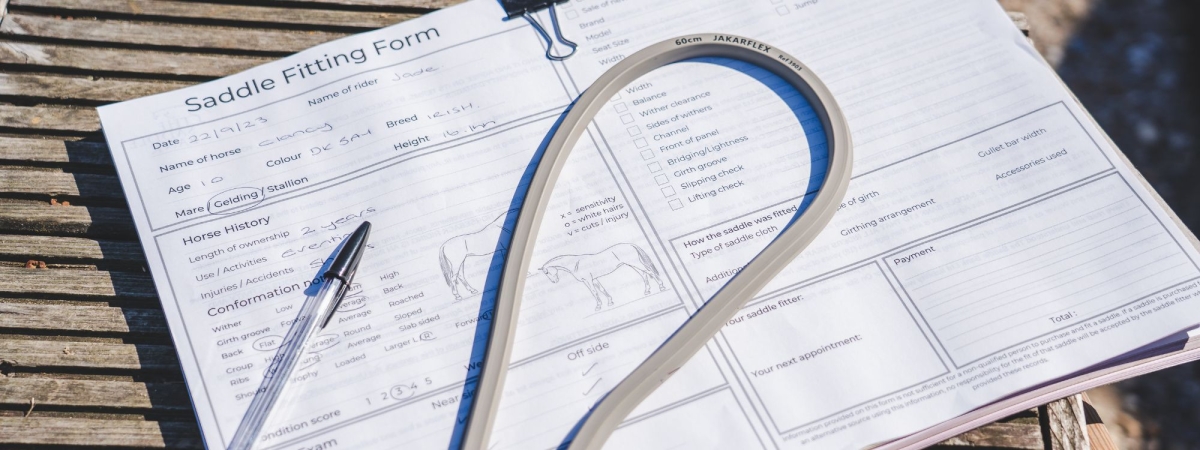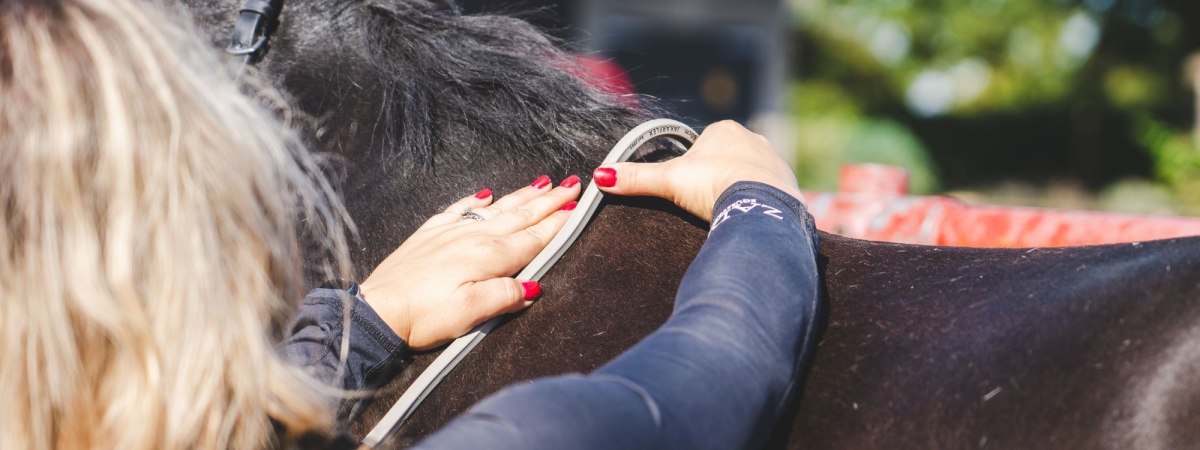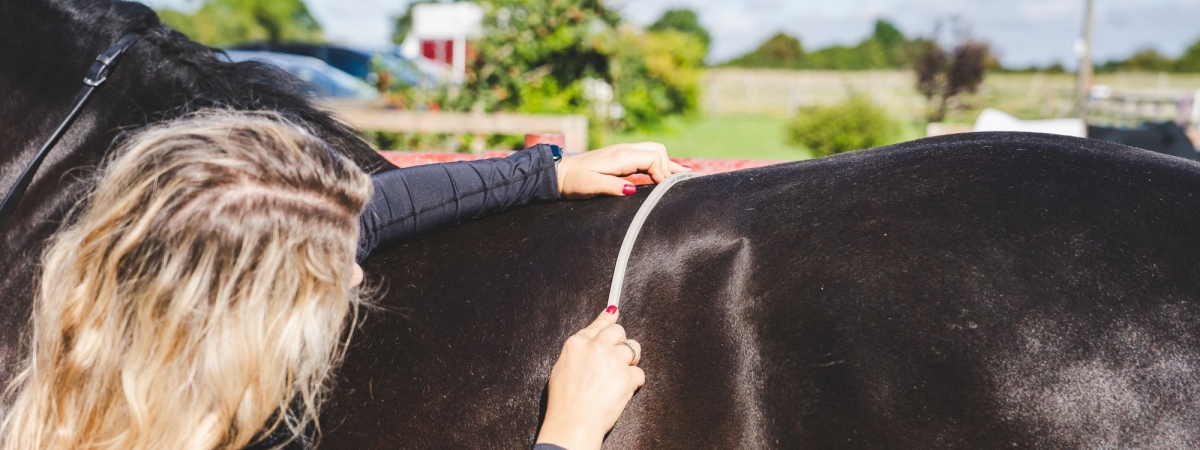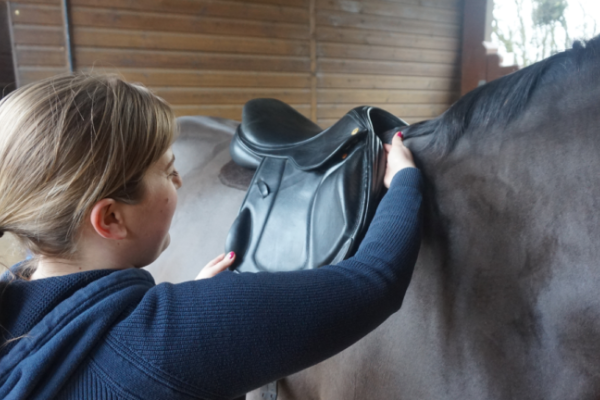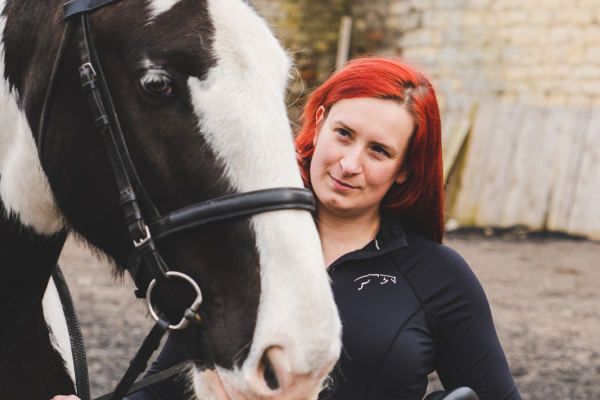How to take a template of your horse.
How to template a horse
What is templating?
Templating is used by saddle fitters to measure a horse and take records of the horses shape during your regular saddle fitting appointments. It enables a fitter, and owner to see changes to the horses condition over time.
Why take templates of your horse regularly?
Templates show any changes to your horses condition. If your the work your horse does increases or decreases this will have an impact on the muscles which will ultimately have an impact on your horses saddle fit.
Similarly, an underweight horse could change radically if it was fed a nutritious diet and offered good grazing.
What you need to take templates of your horse
To take templates you need 4 things:
- A flexicurve
- A large piece of A3 paper
- A pen
- Your horse!
Before you start taking templates of your horse
Before you begin there are a few things to make you aware of.
Write on your piece of paper the date, and L (Left side of page) with R (right side of page).
Its a good idea to draw a straight line directly in the centre of your page to use as your centre line to demonstrate the middle of the horse.
We point the flat side of the flexicurve towards the horses ears. This ensures that when it is placed on the paper it is flat, and provides accurate templates.
We always take templates from the nearside for consistency.
However you do need to check that you have the flexi curve in the correct place on both sides.
Always use a flat hand to push the flexicurve against the horse. Using your fingers will create ridges!
Make sure the horse is standing square on a flat level surface. If the horse is not standing square, or the ground is not level, it will not give you an accurate template.
Now you are all set and ready to go, lets take you through the steps.
Buy your Flexicurve here.
Step 1 - Template 1 - 3 fingers behind the scapula
Firstly, find the scapula - shoulder bone.
Place 3 fingers behind the scapula and place your flexicurve over the withers.
Ensure that the middle of the flexicurve is over the centre of the horse.
Flatten your hand and use it to mould the flexicurve to the shape of the horse.
Ask a friend to hold the flexicurve in place as you go to check the other side.
Once you are happy with the position of the flexicurve, carefully transfer it to your piece of paper, and draw the outline of your horses back.
Step 2 - Template 2 - 3 fingers behind template 1
Go back to the horse.
Place 3 fingers behind the scapula again to find the place you have just templated, and then directly place three fingers behind this point.
This is where you will take the second template.
Again, check it from both sides and transfer to your paper.
Step 3 - Template 3 - T18
For your third template, you need to find the last rib
This measurement is taken at T18, which is the 18th Thoracic vertebrae which marks the end of the horses weight bearing area.
The saddle panels should not come past T18.
To find T18, find the horses last rib, follow the curve of the rib and then where the rib ends (approx 6 inches down from the spine) go directly straight up.
This is where you will place your flexicurve and take the template.
Step 4 - Template 4 - Along the horses spine
Your fourth and final template shows the shape of the horses back along the spine.
The end of your flexicurve should end at T18.
The other end of your flexicurve will move up with the withers to show the shape and profile of the withers.
Pinch the flexicurve at T18, and at the point of your first template and transfer it to your paper.
Be careful when transferring to the page that you do not alter the shape of the flexi curve.






